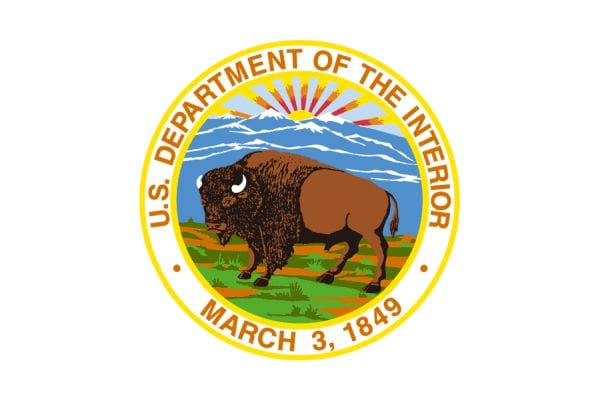Biden-Harris Administration Announces $18 Million from Investing in America Agenda to Enhance Native Seed Supply, Bolster Climate Resilience

Investment helps advance Department’s new National Seed Strategy Keystone Initiative
WASHINGTON — The Department of the Interior today announced nearly $18 million in new investments from President Biden’s Investing in America agenda to ensure the ready source of native seeds to combat climate change and enhance landscape resilience. This investment from the Inflation Reduction Act – the largest climate investment in history – helps advance the Department’s new National Seed Strategy Keystone Initiative, which Secretary Deb Haaland unveiled during remarks at the National Native Seed Conference.
“A reliable, abundant and diverse supply of native seeds is foundational to ensuring that the ecosystems we all cherish can thrive for current and future generations,” said Secretary Deb Haaland. “The new initiative we are launching today, supported by historic resources from President Biden’s Investing in America agenda, will help ensure we get the right seeds, in the right place, at the right time to restore our public lands and bolster climate resilience.”
Native plant communities across the U.S. are being lost every day from habitat loss and other climate related impacts, such as longer wildfire seasons and other extreme weather events. As these plant populations are lost, so too are the ecosystem services they provide, increasing the risk of erosion, the establishment of non-native and invasive species, and additional ecological damage.
Collecting, producing and procuring native seeds is critical for restoring native vegetation on public lands, and special facilities are required to store seeds and safeguard their genetic diversity. The funding and newly launched National Seed Strategy Keystone Initiative will formalize the Department’s ambitious goals to invest in the infrastructure, tools, research and labor needed for a robust native seed supply chain, including by expanding Tribal greenhouse facilities, assisting local farmers in transitioning from high-water crops to low-water native plant crops, connecting underserved communities in native seed collection via the Seeds of Success program, and increasing regional seed production capacity.
“Nature has spent thousands of years designing plants that fit in place, so we can’t do better than to use that instruction – native seed – in our restoration efforts,” said BLM Director Tracy Stone-Manning. “Native seeds stand a better chance of long-term success.”
Through President Biden’s Investing in America agenda, the Department is stewarding an overall $2 billion over five years in new investments to put people to work restoring our nation’s lands and waters. This includes nearly $45 million in funding from the Bipartisan Infrastructure Law, Inflation Reduction Act and annual appropriations already disbursed to support the expansion of the native seed supply chain, including through more seed collection teams and seed cleaning partnerships.
That funding is helping advance projects that are restoring white bark pine trees, which define some of the most treasured high-elevation western landscapes; converting 500 acres of degraded rangelands in Colorado to short grass prairie and sage shrubland; and working with the Confederated Salish and Kootenai Tribe in Montana to upgrade and expand the Tribe’s greenhouse facilities to improve its ability to grow native seedlings for regional restoration efforts.
To guide these historic investments, in April 2023, the Department unveiled the Restoration and Resilience Framework to catalyze coordination and drive transformational outcomes across our existing programs and initiatives, including through a commitment to nine keystone conservation initiatives which address climate change impacts, restore healthy lands and waters and enhance communities’ quality of life.
The National Seed Strategy Keystone Initiative builds on the past 25 years of native seed collection, research and development, including a recent partnership among the BLM, National Park Service, and U.S. Fish and Wildlife Service to coordinate on Seeds of Success collections. This is the next step in building a restoration economy in rural communities across the United States, while safeguarding biological diversity.
With investments from President Biden’s Investing in America agenda to implement the National Seed Strategy, the Department is also advancing the Biden-Harris administration’s National Climate Resilience Framework and the America the Beautiful initiative, a nationwide effort to conserve, connect and restore the lands, waters, and wildlife upon which we all depend.
About the U.S. Department of the Interior
The Department of the Interior (DOI) conserves and manages the Nation’s natural resources and cultural heritage for the benefit and enjoyment of the American people, provides scientific and other information about natural resources and natural hazards to address societal challenges and create opportunities for the American people, and honors the Nation’s trust responsibilities or special commitments to American Indians, Alaska Natives, and affiliated island communities to help them prosper.
